The Right Way to Store Your Seasonal Clothing
The change in seasons means that you will have to think about storing some clothes. You can keep them in a closet, but they can take up a lot of space. With a little effort, you can safely store your seasonal clothes so they stay clean and usable for the next season.
Declutter Your Closet
You may be tempted to just throw your gloves, hats, coats, and sweaters in a plastic bin and forget about them. By storing all your clothes together, you are just asking for them to get wrinkled by the time the next cold season rolls around. You also want to keep your clothes neat and organized. Closets are usually small and can hold only a certain amount of clothes. These tips can help you to avoid any surprises with your clothes.
Separate Clothes by Material
Pull out all your clothes and separate them. It is important to keep certain fabrics together for long-term storage. Your leather and suede items might need desiccants to keep away moisture. Knit items should be folded and stacked to keep them from losing their shape. A little decluttering can help you to organize as well.
Clean All Clothes Before You Store Them
It is important to clean and remove stains before you put all of your clothes away. If you let that red wine or grease stain stay on the clothes, you run the risk of it permanently setting into your fabrics. Any lingering stains will attract insects and other vermin to seek out your clothes. If you have a stubborn stain, pretreat it before tossing the piece in the wash. For the rest of your clothes, you can just wash and dry according to the manufacturer's instructions. You should always make sure the clothes are thoroughly dried before putting them away. Any moisture can lead to mildew and mold. A moldy sweater is not a surprise that you want to find when opening up the package for next season. With a little wash and care, you can have fresh and clean clothes for those chilly months.

Choose the Right Storage Container
Plastic box containers are a popular choice for clothes storage. These containers are great for climates with humid conditions and can protect your fabrics from water and moisture. Not all plastic storage containers are waterproof, though. It is important that no bugs or larvae are in your clothes, or you could open up the container and receive a nasty surprise. Plastic bags are another option. Some of these bags even allow you to vacuum seal them for even more added protection. This is a great choice for cotton sweaters and heavy coats. Cardboard boxes are another storage choice, but they can be extremely flimsy and can also attract insects, so they are usually used as a temporary solution. The best storage solution is a clean and unused suitcase. The interior of the suitcase can be lined with acid-free tissue paper. This type of paper is used to protect old photos and mementos, so you know it can help to protect your clothes.
Protect Clothing With Desiccants
If you are concerned about keeping away moisture and mildew, there is one little trick that can save your clothes. There's a reason why manufacturers always include those weird little desiccant packets; they do not underestimate the importance of proper desiccant packaging in industrial transport & storage—and neither should you when you're packing up their clothes for the season. You'll find these packets in all materials from purses to jackets. The great part is that these packets can be reused. So if you have a few packets from a new purchase, save them for when you're packing up clothes for the season.
Use Mothballs in a Safe Environment
Exercise caution when using mothballs. Children can mistake these little balls as candy. Pets also might be attracted to the smell of them, too. If you plan to use mothballs, store your clothes in a place where little hands and paws can't reach them. Cedar blocks or storage with cedar lining are a safer alternative to mothballs. Moths hate the smell of cedar and will avoid your clothes. Both options should keep moths from munching on your clothes, but the best guarantee is storing your clothing in a sealed container. Whatever you choose, you should exercise caution when dealing with any product that contains a chemical.
Resist the Urge to Use Hangers
Hanging clothes is a good choice for a short time, but hanging any type of knit clothing is not recommended. If you hang clothes for long-term storage, you may make them misshapen. Once the knit item is stretched, there is no way to restore its original shape. Instead, fold your knits and place them in a storage container as a long-term solution. Place the heavier material on the bottom and the lightest material on the top. Also, avoid packing everything into one container. The items should have enough room to keep air circulating around the clothes. This can keep your items looking and smelling fresh when you take them out.

Take a Few Extra Steps for Hangers
If you have your heart set on hanging your clothes, there are a few steps you can take to keep the items from stretching. Use all the available loops on the hanger to keep the item from losing its shape. Wrap the knit item in a breathable fabric. Also, ensure that the item has enough room for the fabric to breathe. Airflow can keep creases and wrinkles from setting into the fabrics. Proper storage can help you to eliminate any mold or mildew from growing on your clothes. For this reason, you might want to avoid storing knit fabrics in plastic bags. They do not allow any air to penetrate the fabrics and can cause issues down the road.
Store in a Cool, Dark, and Dry Place
If you want to fully protect your clothing, store it in a safe place. Make sure that the area has no dust or debris and will not be exposed to heat. Areas such as laundry rooms and closets with heating vents are not ideal choices. A dark place will prevent your clothes from fading and keep the items cool. Avoid any area that has any signs of moisture. Insects and other creepy crawlies are attracted to mildew.
Do a Regular Check on Your Items
Don't store your clothes and forget about them. Instead, check them regularly to make sure there are no problems with the storage. Also, inspect the storage containers for signs of leaks, damage, or other cracks. When you take the clothes out for the season, it is a good idea to launder them one more time. This is the perfect time to see if the storage containers need to be replaced as well.
With these little tips, you can save some space in your closet. You can keep your clothes fresh and protected during the spring and the summer months. Just taking a few extra steps can ensure that when you need a scarf or jacket, it will be ready to go when the weather changes.
GIANNOPOULOS cares about clothing. That’s why we have committed to providing you with the finest quality clothing and accessories for every season. Come and see our newly-arrived inventory for this season, or else browse our blog for more tips and advice on clothing care, fashion, and more!











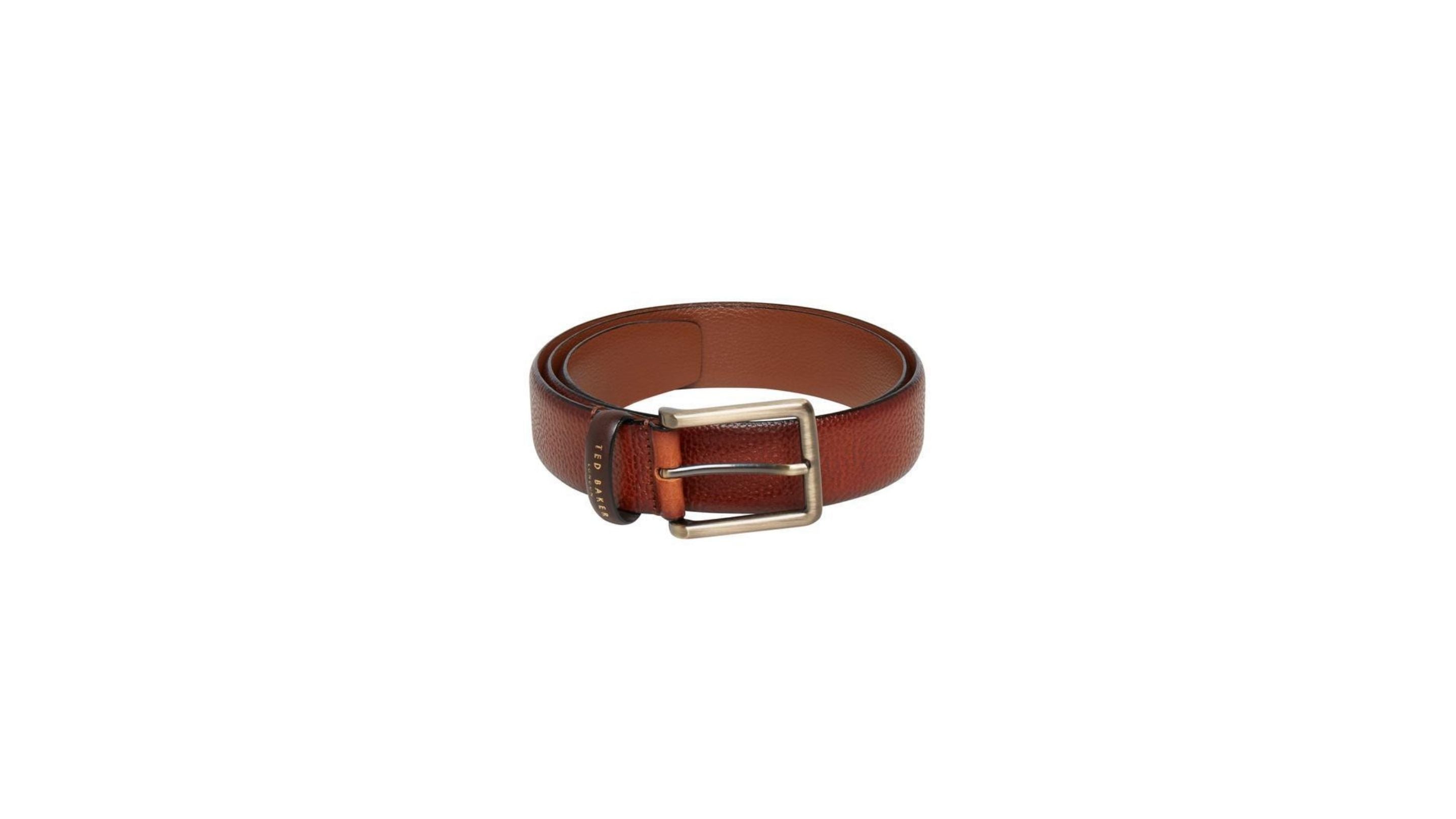
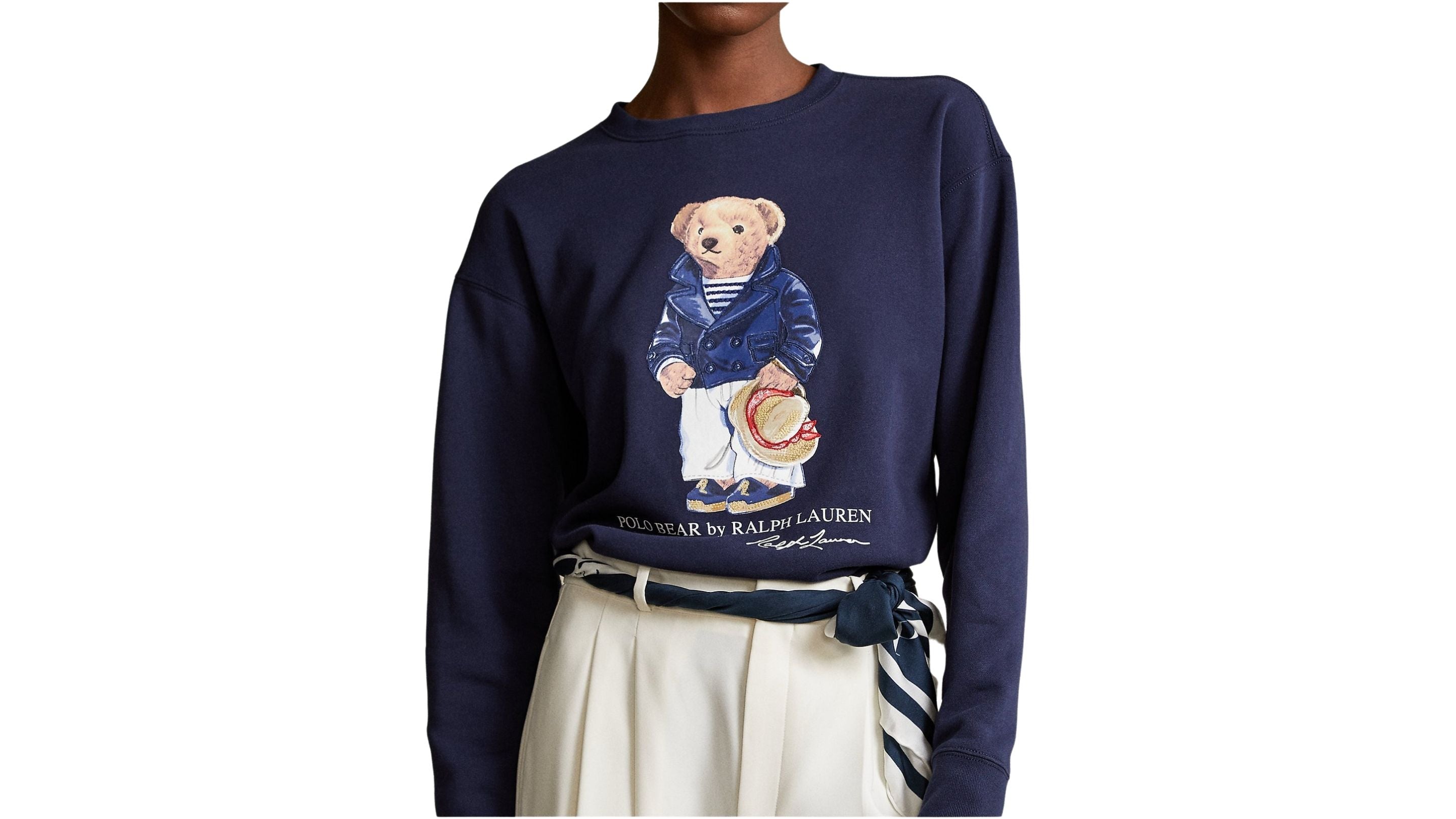

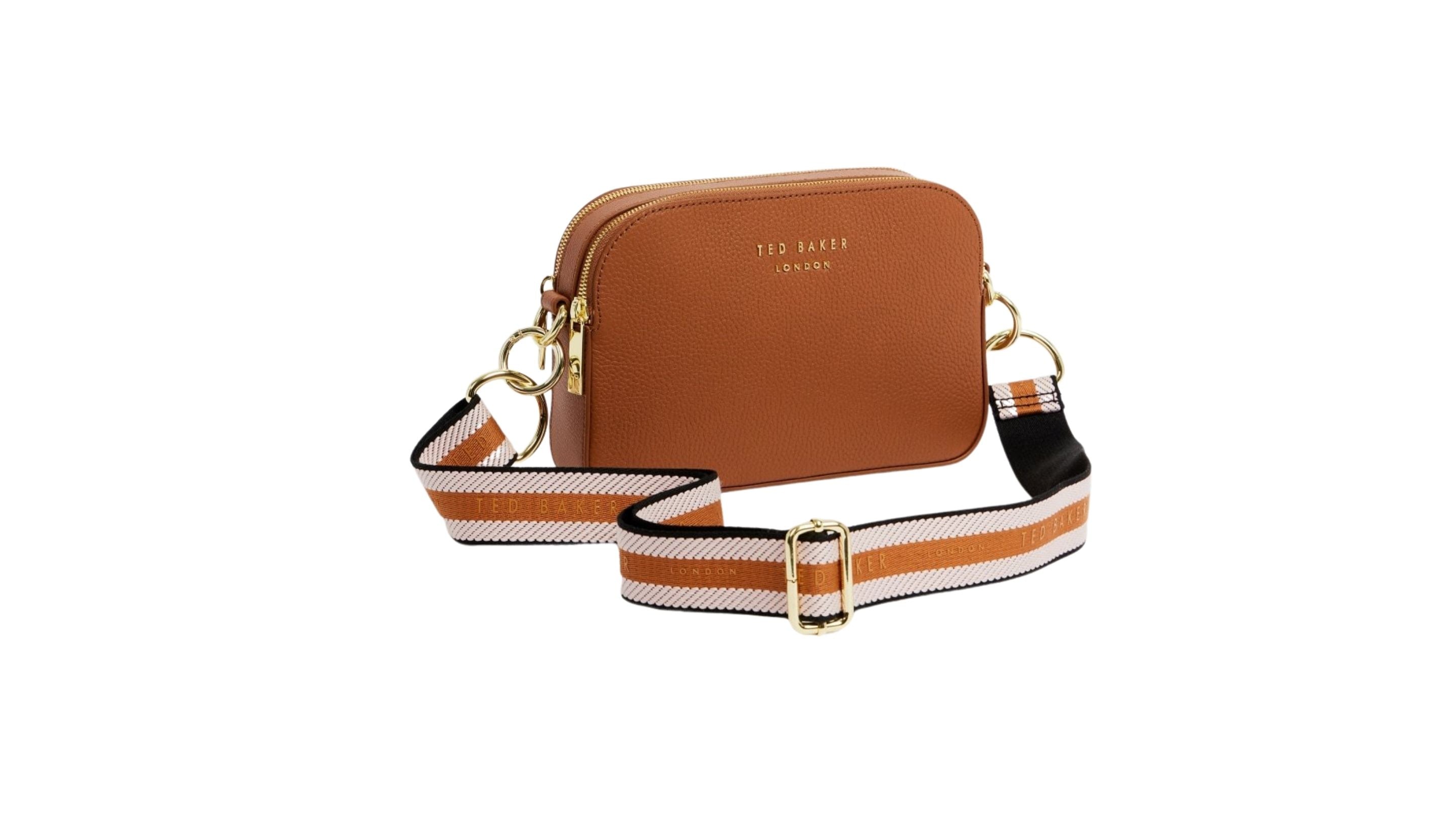

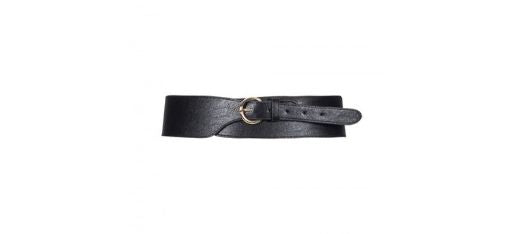





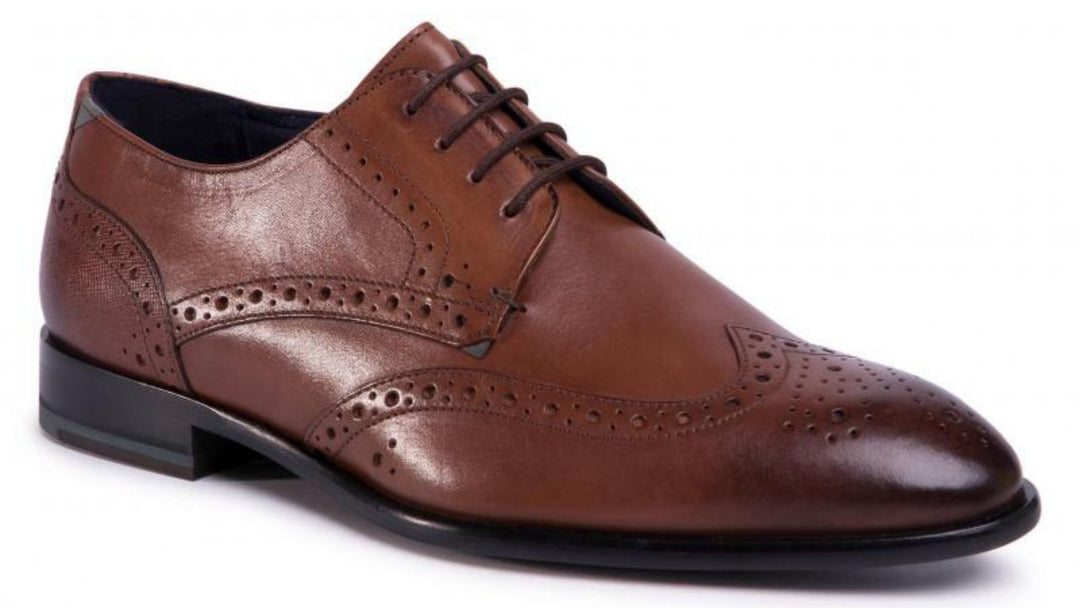
Hinterlassen Sie einen Kommentar